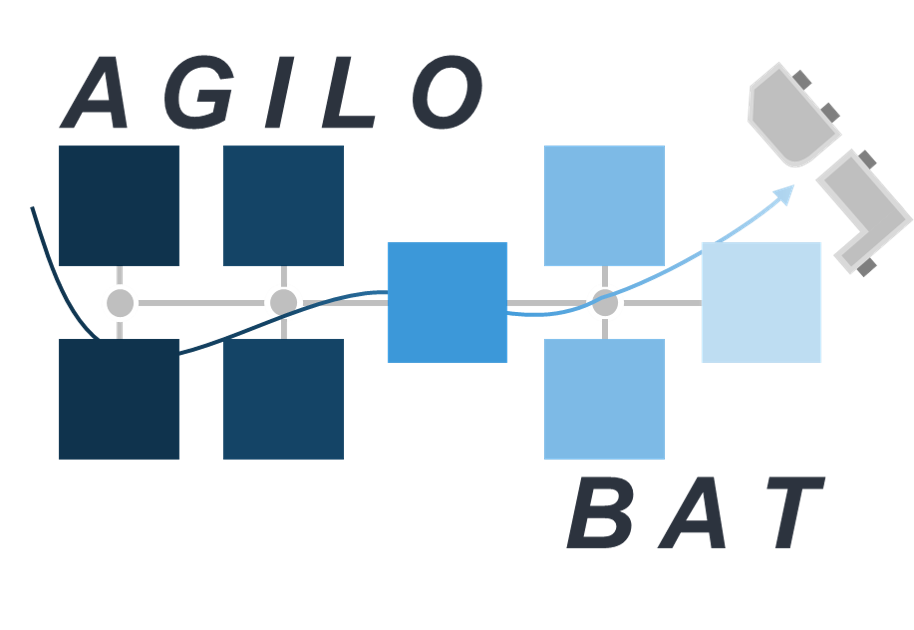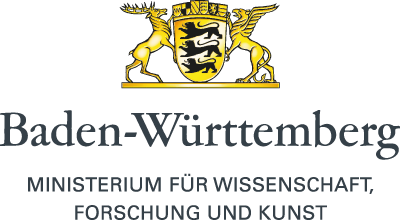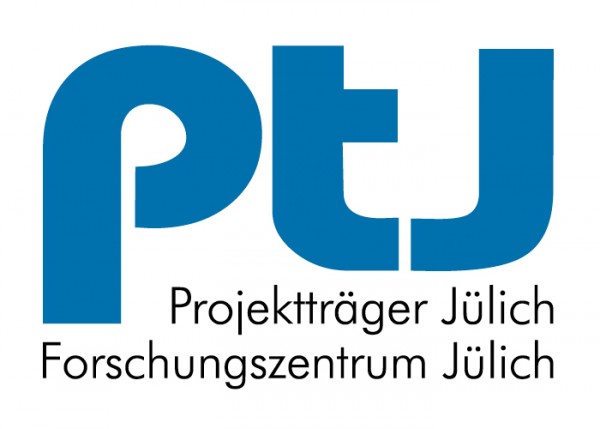Veröffentlichungen
| [1] | Fleischer, J.; Kößler, F.; Sawodny, J.; Storz, T.; Gönnheimer, P. & Hofmann, J. (2021), „Agile Batteriezellfertigung als Antwort auf volatile Märkte und Technologien
Agile Battery Cell Manufacturing
as Response for Volatile Markets
and Technologies“, wt online, S. 486 - 489. doi.org/10.37544/1436-4980-2021-07-08-18 Abstract Die industrielle Batteriezellfertigung ist geprägt durch starre
Produktionssysteme für die Massenfertigung. Die Fertigung
anwendungsspezifischer Zellen im geringen bis mittleren
Stückzahlsegment erfolgt derzeit kostenintensiv in einer Werkstattfertigung.
Basierend auf standardisierten Roboterzellen
und einer flexiblen Steuerungsarchitektur wird ein Konzept zur
hoch automatisierten material-, format- und stückzahlflexiblen
Batteriezellfertigung beschrieben. Agile Battery Cell Manufacturing
as Response for Volatile Markets
and Technologies
Industrial battery cell production is characterized by rigid
production systems for mass production. The production of
application-specific cells in a low to medium quantity segment
is currently performed by cost-intensive workshop production.
Based on standardized robotic cells and a flexible control
architecture, a concept for highly automated battery cell
production that is flexible in terms of material, format and
number of units is described. |
|
| [2] | Ruhland, J.; Storz, T.; Kößler, F.; Ebel, A.; Sawodny, J.; Hillenbrand, J.; Gönnheimer, P.; Overbeck, L.; Lanza, G.; Hagen, M.; Tübke, J.; Gandert, J.; Paarmann, S.; Wetzel, T.; Mohacsi, J.; Altvater, A.; Spiegel, S.; Klemens, J.; Scharfer, P.; Schabel, W.; Nowoseltschenko, K.; Müller-Welt, M.; Philip, P.; Bause, K.; Albers, A.; Schall, D.; Grün, T.; Hiller, M.; de Biasi, L.; Ehrenberger, H. & Fleischer, J. (2021), „Development of a Parallel Product-Production Co-design for an Agile Battery Cell Production System“. Springer, S. 96-104. 10.1007/978-3-030-90700-6_3 Abstract Since current battery cell production lines are not flexible regarding format and material, it is necessary to develop new production systems. It is also required to develop this production line as an agile system in order to be able to flexibly counteract unit-specific capacity fluctuations. In addition, only low scrap rates are allowed when integrating new material systems which requires a holistic in-process or in-line control and the associated quality assurance. Agile produc-tion systems open up new possibilities for developing the battery cell product. Therefore, this article will present a novel product-production co-design that can be specifically adapted to customer requirements. |
|
| [3] | Fleischer, J.; Fraider, F.; Kößler, F.; Mayer, D. & Wirth, F. (2022), „Agile Production Systems for Electric Mobility“. Procedia CIRP Volume 107, Elsevier, S. 1251-1256. 10.1016/j.procir.2022.05.140 Abstract Against the background of growing environmental awareness and ambitious international efforts against global warming, sales in the electric mobility sector are expected to rise steadily in the coming years. However, volatile markets accompanied by shorter product life cycles and uncertainties regarding legal, political and technological developments make it still difficult to forecast accurate figures and requirements of components such as batteries or electric motors. Therefore, the investment in highly productive but non-versatile production lines must be seen as a risk. Instead, the tension between need and uncertainty causes a need for rapidly adaptable, profitable production systems with low investment risk. In literature, the term "agile production systems" is often used in this context. Based on an extensive literature review, this paper therefore presents the state of research and attempts to develop a general definition of agile production systems in the context of electric mobility. In particular, relationships to existing production concepts are considered. The practical implementation of agile production systems is described using two different case studies. On the one hand, agile battery cell production based on modular and fully enclosed robotic cells is presented. This approach, based on microenvironments with adjustable humidity, enables a highly automated pouch cell production that is flexible in terms of material, number of units and format. Furthermore, the case study of an agile electric motor production is presented. Process chains of rotor and stator production are analyzed and an approach to conceptualize an agile production system for electric motors is introduced. |
|
| [4] | Overbeck, L.; Voigtländer, S. & Lanza, G. (2022), „Optimal line configurations for agile production systems for battery cell manufacturing“. Abstract Nowadays battery cells are produced in high volumes and with no customization for lower demand quantities. Since battery technology is still evolving rapidly and production systems are an expensive, long-term investment, there is a need for adaptability of the production system to changing markets and technologies. This paper presents an approach to evaluate different configurations of a highly flexible production system for battery cells in different scenarios with the help of a digital twin and the definition of optimal system configurations. This permits the definition of a change strategy on how to move from one configuration to another. |


